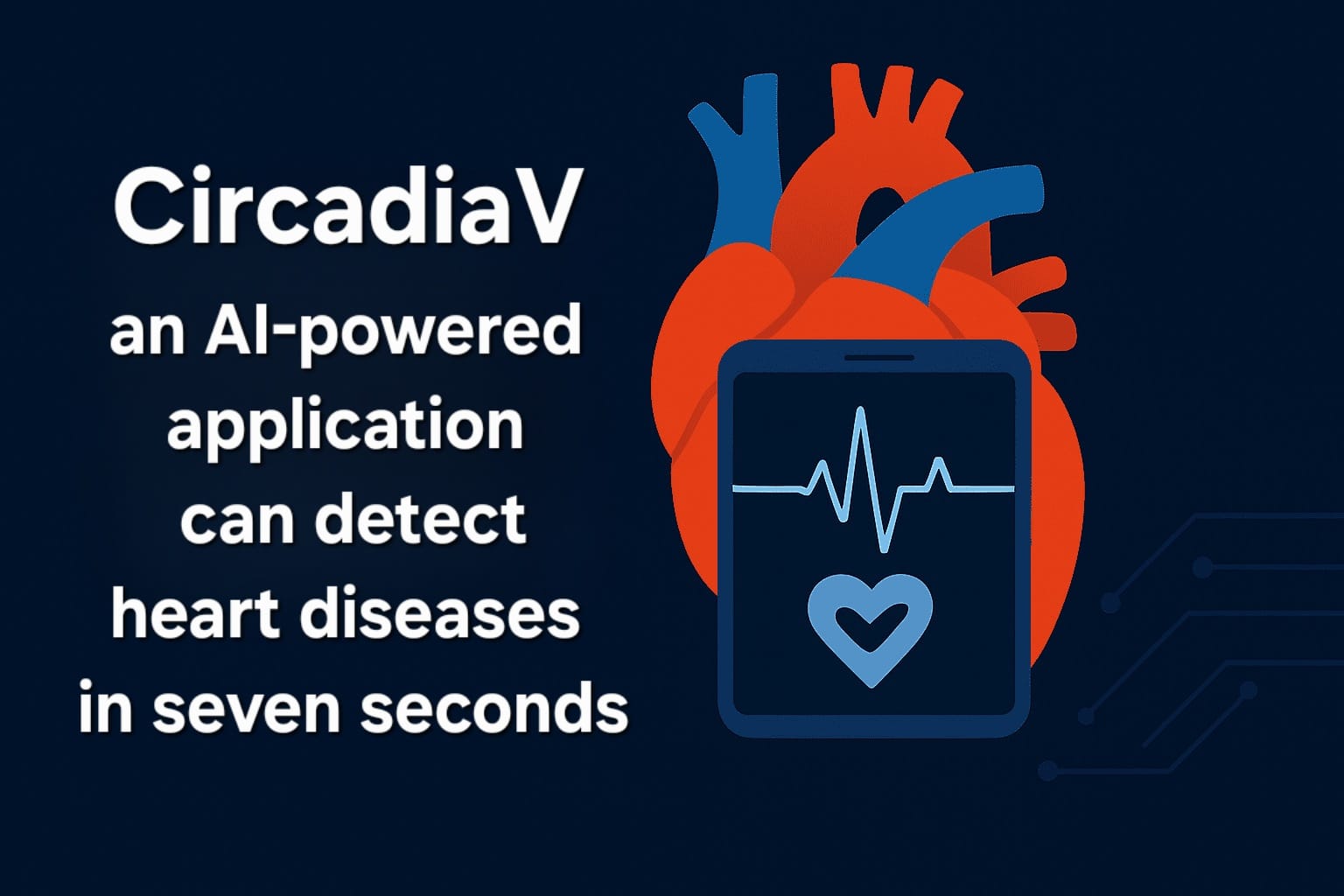Although ovarian cancer may occur at any age, it is more common in women older than 50 to 60 years of age. India has the world’s second-highest ovarian cancer incidence. Since the 1980s, there has been a growing drift of ovarian cancer in our country. Medicircle is conducting an exclusive series featuring eminent oncologists, gynaecologists, and obstetricians so that women can get more reliable information directly from experts.
Dr. Neelima Mantri is an Obstetrician, Gynaecologist, and Laparoscopic Surgeon practicing in Mumbai. She is well versed with high-risk obstetrics and has dealt with thousands of high-risk cases. She has also handled cases of infertility, hysterectomy, ectopic pregnancy, polycystic ovarian syndrome, tubal ligation, and sterilization. She has been performing minimal access surgeries apart from the conventional gynaecology surgeries. Dr. Neelima has completed her fellowship in minimal access surgery from South Korea. She is associated with Bombay Hospital and Research Centre, Nanavati Hospital & Surya Hospitals.
Salient points that put a woman at high risk
Dr. Neelima mentions, “To some extent, ovarian cancer is a genetic or familial disease. about 10% of ovarian cancer that we see in the Indian population are genetic in origin:
- In a family, if there has been a woman who has had ovarian cancer at less than 45 years of age (in the pre-menopausal phase), then other women in the family happen to be at risk of it
- If there is a breast cancer case at less than 50 years of age in any family, then other women in the family are prone to have ovarian cancer
- If a male relative has had breast cancer, though, it is a rare condition, but a very high-risk factor for women of the family and they need to go for screening
- If there are breast or ovarian cancer cases in many relatives on the same side of the family like the maternal side or the paternal side, then a woman should get screening done for ovarian cancer as she is at risk”
What does screening involve if there is a family history of ovarian or breast cancer?
Dr. Neelima points out:
- A woman needs genetic counseling. She needs to look at her family tree to ascertain whether first-order relatives like mother, daughter, or sister have had breast or ovarian cancer or if there is any such case in the second-order relatives like a grandmother, aunt, etc. Depending on that her propensity to have ovarian cancer is checked.
- A patient can undergo a very simple blood test or a saliva test for the BRCA1 and BRCA2 gene
If a woman has completed her family, the removal of ovaries would be a wiser decision if a woman is found to be at risk after the screening,” says she.
The symptoms are so vague that Indian women easily neglect them
Dr. Neelima says,”Symptoms could be a very dull pain, the fullness of the abdomen which gets blamed on the consumption of some pulses or gas formation by women most of the time and this is how these symptoms get neglected. If there is weight loss or loss of appetite, then these are some important symptoms. So, that is when a woman must visit a gynecologist. When the disease has advanced, the patient will have abdominal fullness like distension. The patient can also have heavy bleeding or bleeding which starts after menopause. When it comes to causes, it could be:
- 10% genetic in origin
- If the patient has had no pregnancy, then such a patient is slightly at a higher risk of ovarian cancer
- Early menarche
- Late menopause
These are the high-risk factors for cancer, though a single causative agent is yet to be found,” informs Dr. Neelima.
Even when ovaries are removed, chances of ovarian cancer cannot be ruled out
Dr.Neelima explains, “It’s less likely but yes, there is still a chance of cancer which would coincide with the above symptoms. There is an entity called primary peritoneal cancer. It is like ovarian cancer and both these types of cancers have the same mechanism. So whatever has caused ovarian cancer can also cause primary peritoneal cancer because we do not remove peritoneum in any ovarian surgery. Hence, there is less likely but still a risk of cancer in the patient where ovaries are removed.”
How can ovarian cancer be prevented?
Dr. Neelima lists down the following ways:
- It is best to get screening done. It is not costly and an easy process. The presence of hormones that are produced by ovarian or breast cancers get checked. The test to check that is called a tumor marker and referred to as CA 125. It's a simple blood test. If the values appear raised, then further investigations for ovarian cancer are done.
- The second simple test is usually included in the health programs, which is sonography of the pelvis to see if ovaries have increased in size. Suspicious large ovaries should be further evaluated by gynaecologists and oncologists.
- If women have been taking oral contraceptive pills for about five years as a contraceptive measure, then there is less likelihood of ovarian cancer in them. So apart from contraception, oral contraceptives do have a protective effect.
- Women who get pregnant have a less likelihood of ovarian cancer.
- Annual screening is advisable and if anything is picked up, then follow-ups should be frequent as a preventive step.
Adolescence and ovarian tumors
Dr. Neelima mentions, “Ovarian tumors found in the adolescent age group are different from the ones which are usually seen in the menopausal or later reproductive period. Prognosis and patient treatment options are better if adolescent girls get ovarian cancer, which is as it is less likely when compared to older women.”
(Edited by Amrita Priya)

 Dr. Neelima Mantri provides valuable nuggets of information on Ovarian Cancer. She provides insights about some genetic factors that put women at risk of it and talks about screening, symptoms, preventive measures and how ovarian tumours of adolescents are different and more curable.
Dr. Neelima Mantri provides valuable nuggets of information on Ovarian Cancer. She provides insights about some genetic factors that put women at risk of it and talks about screening, symptoms, preventive measures and how ovarian tumours of adolescents are different and more curable.






.jpeg)




.jpg)







.jpeg)

.jpg)




.jpg)




.png)



